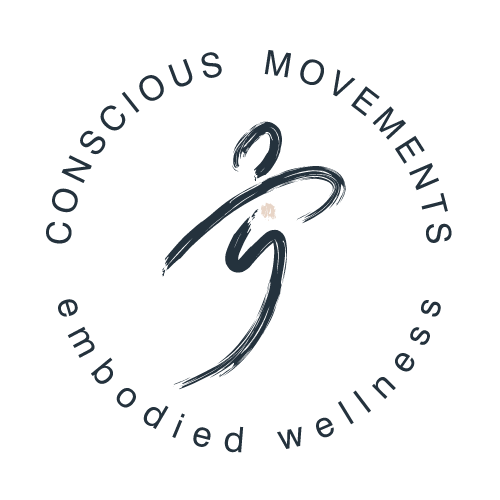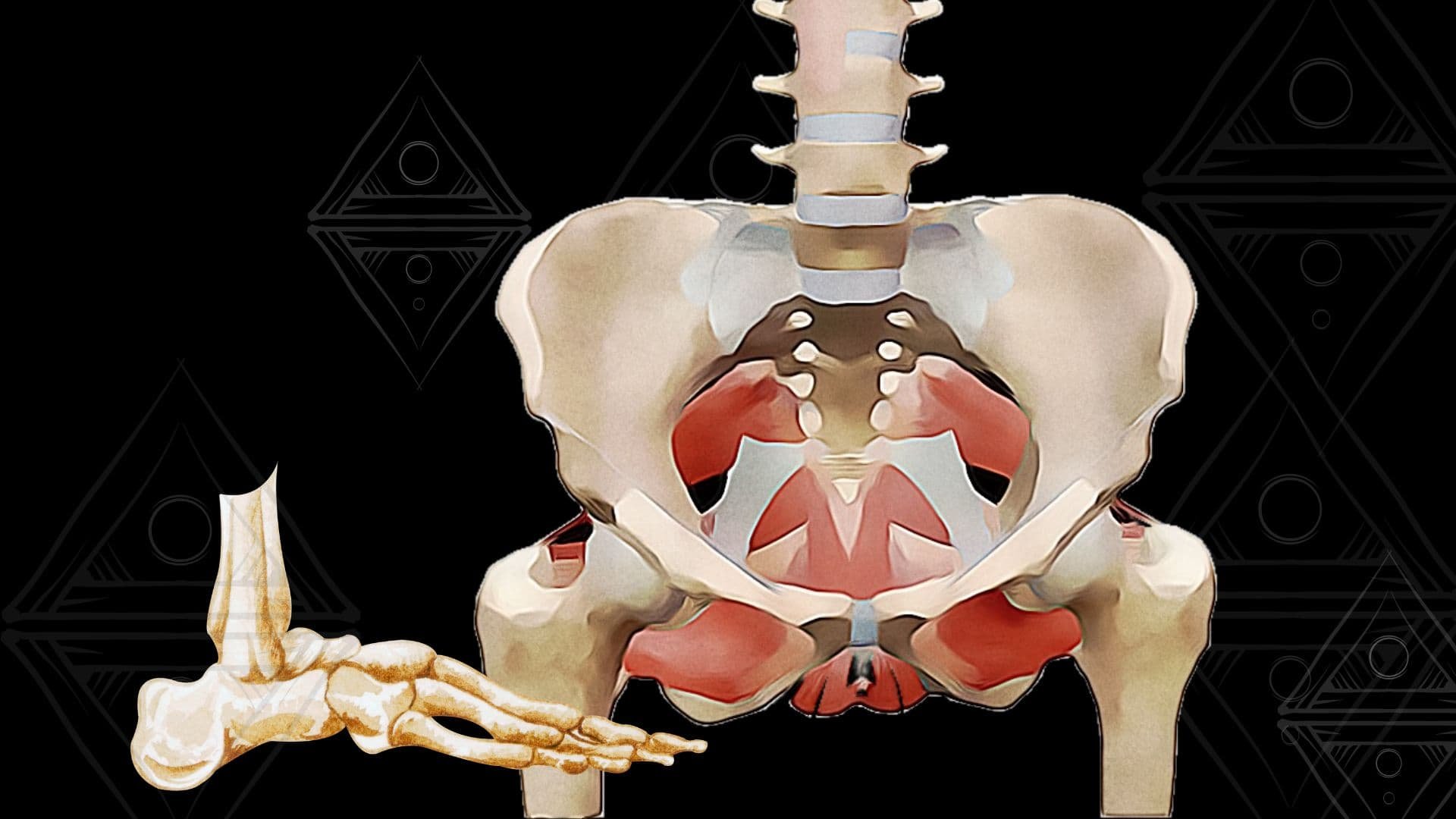Exploring. Learning. Breathing.
Our breath is one of the life-sustaining motions in our vast repertoire of movements.
—Bonnie Ginitis
Have You Ever Wondered Why You Hold Your Breath When Doing Something New?
We often take our breath for granted, usually breathing in and out 12-16 times every minute without being aware of it. Most of us only notice our breath when something happens to prevent us from breathing normally. Others intentionally bring their attention to the breath as part of mindfulness practice.
And yet, we are always somewhere in the cycle of breathing.
There is a funny thing that often happens when I am teaching an Awareness Through Movement class. I find that students stop breathing. Typically, I notice first, and then I instantly take a conscious breath myself. Then, at the very next moment, I cue the class to notice their breath. What typically follows is a big class sigh and a couple of chuckles. It's a funny thing to be holding your breath as a collective. Some people ask why. Others don't. But most assume that they are holding their breath because of a 'bad habit.'
I am not interested in judging good or bad. But I am interested in helping others to understand what it is that they do (awareness). Then, I help them find many more ways to do what they do with greater efficiency, power, and ease (creating options).
Before we go on, I want to make sure to clarify that in this post we're diving into the relationship between learning and holding your breath. There are many reasons why people hold their breath on a day-to-day basis: habits, posture, anxiety, elevated stress, feeling threatened, and even the anticipation of something joyful. Habitual holding of the breath might be a worthy blog post in the future.
But let's muse a bit on what learning, movement, and holding your breath have to do with one another.
A Little Developmental 'Did You Know?'
Did you know that you made your first breathing movements at just the wee age of 8 weeks after fertilization? Now granted, these movements were sporadic, but they played a crucial role in both the development of your lungs and the various muscles associated with breathing.
Here's The Kicker...
For me, there are two interesting developmental tidbits to go along with this.
#1
Your breathing movements started about 2.5 weeks after other forms of subtle movement began (The Endowment for Human Development).
#2
This part intrigues me: your breathing movements and other movements were independent of one another. In other words, there was bodily movement or breathing movements. But for a while, the patterns were differentiated from one another. That's right! Either you'd explore skeletal movements, or you would breathe. Technically, you would make breathing movements as you got your Oxygen via the umbilical cord.
This either/or organization went on, more-or-less, until about 23 weeks. At that time, some nifty central pattern generators (located in your brainstem) began to act in harmony. That happened so that you could do more complex activities, like breathing movements and arm movements. (Piontelli, 2010)
At this point, you might be asking yourself, "what does all this fetal development have to do with me?" In short, maybe something, maybe nothing. But isn't it fascinating that a pattern that occurred so early on in your experience can show up again later in life?
TIPS FOR BETTER BREATHING
& EASIER MOVEMENT
FIRST:
Be Grateful.
Your breath is a beautiful barometer for your quality of mind, movement, and emotional well-being. When you catch yourself holding your breath, give a big ol' nod of gratitude to this biological cue for bringing you back to the moment. Take a pause, sense your contact with the surfaces beneath you, and observe your breath. And by all means, let go of any unnecessary or parasitic effort. Then, when you're ready, begin again.
You can use this strategy when finding your breath is paused in an Awareness Through Movement class, while studying for an exam, practicing an instrument, or with any other form of learning. Remember, these pauses will help you to work with your biology to support your learning. In other words, you'll be working smarter, not harder.
NEXT:
Focus On Awareness & Appropriate Effort
The word effortless is used a lot by those in the Feldenkrais World. But our ideas of 'effortless' can be a bit confounding. Some people interpret effortless as this kind of complete surrender. Others approach it with a blind eye — only focusing on the work of a specific part or themselves.
For me, I prefer the term 'appropriate effort' as it eludes to active participation. It also allows for a bit of space to explore or question the quality of our effort. Finding the appropriate effort tends to leave us feeling as though what we are doing is effortless. We tend to feel more in the flow.
NOW:
Explore A Feldenkrais Lessons
One of my favorite Awareness Through Movement lesson themes is the Differentiating The Parts Of The Breath and the Sea-Saw Breathing lessons.
These lessons help us differentiate the muscles used for breathing from the act of breathing itself and from other movements. I know, I know, the thought of this might make your eyes cross. But this experience provides an incredible foundation for maintaining your breath when you are profoundly focused or when you are learning something new.
Yippie!
These lessons can help you feel more buoyant and more erect (a.k.a. better posture) without conscious effort. Plus, they are phenomenal for relieving an achy back or a stiff neck. Oh...and let's not forget that it can do wonders for that nagging feeling of almighty stress.
I invite you to explore one of my favorite versions of the Seesaw Breathing. Why is it my favorite? It merges the power and pleasure of sounding with the breath. Find out more 👇
RELATED POSTS










